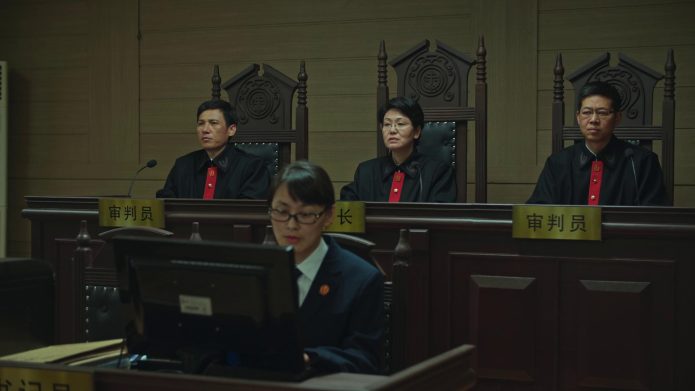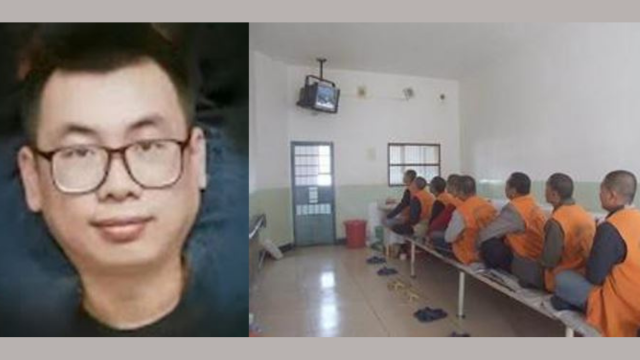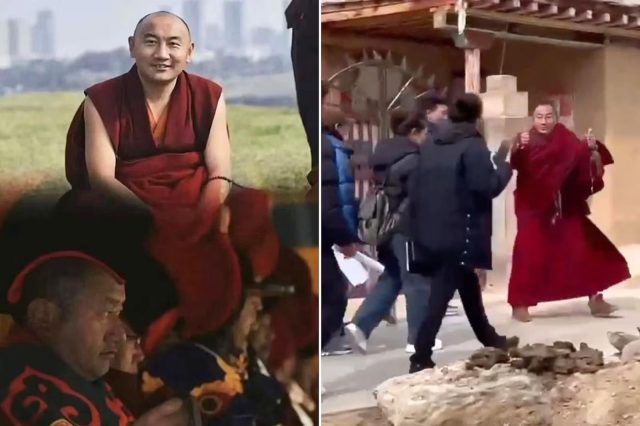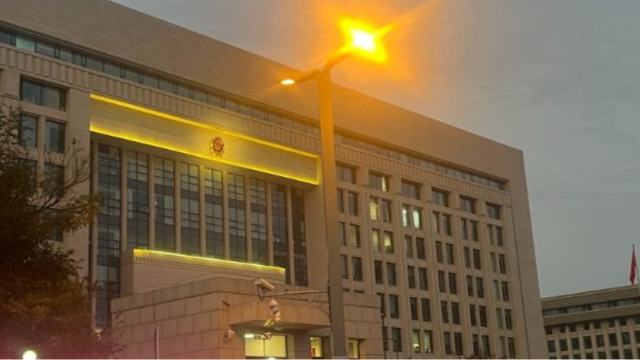Residents of Beijing’s Daxing district, where the ruling Chinese Communist Party has been forcibly evicting migrants in a mass clearance operation since last November, surrounded a clothing factory on Thursday in a bid to protect it from being shut down.
One man was detained as residents blockaded a garment factory in Daxing’s Xidatun village, sparking a fierce dispute and physical confrontation with officials and law enforcement, eyewitnesses told RFA.
“It escalated to a fight pretty quickly,” a garment trader from the area said. “The migrant workers didn’t dare to speak out, but the boss of the factory asked a few questions, and was taken away.”
“The government is saying that it’s demolishing unsafe buildings,” he said. “But there is a row of houses left behind in the waste-ground left by demolitions … that are owned by the family of township government officials.”
He said there is plenty of simmering local resentment over such checks, which often lead to closures and evictions.
“Most of the land in Daxing has been taken away from local people by the government, so they have no source of income anymore, and they rely on rental income, either residential or commercial,” the garment trader said.
“Now the authorities are trying to inspect [the factory], and the local people are demanding that they show some kind of documentation,” he said. “They didn’t have anything at all, and what’s more, all the enforcing officials are from out of town, so people aren’t letting this happen; they are resisting.”
‘As if we were dogs’
Sources said around five or six similar raids have occurred in Daxing, where around one million people are working in the textile industry, since July 5, starting in Sishang village. Authorities also confiscated large amounts of cloth from the factories.
“Just the garment industry alone employs more than a million people in Daxing district, which is not a small number,” the garment trader said. “This has brought an enormous boost to Beijing’s economy.”
“In the old days, there was just a single corner store in the village, not even a supermarket,” he said. “Since the arrival of us migrant workers … there are now 10 or 20 supermarkets in each village, and the prices have dropped considerably.”
“Now, they are driving migrant workers away as if we were dogs,” he said.
Authorities in the Chinese capital say they cleared some 40 million square meters of “illegal constructions” from the city last year, and will continue forced evictions of thousands of migrant workers from out of town.
The city government is pursuing a “coordinated growth” policy in the Beijing-Tianjin-Hebei urban area, and has cited the city’s hosting of the 2022 Winter Olympics as the main motivation for the policy, which includes capping Beijing’s resident population at 23 million by 2020.
In the southern district of Daxing, where 19 people, eight of them children, died when a blaze ripped through an apartment building at a factory on Nov. 18, 2017, the authorities renewed a crackdown on July 5, targeting industrial and logistics warehouses, former agricultural properties remodeled and let as residential apartments, and “older buildings” as potential fire or safety hazards.
Government documents seen by RFA last November called on 10 government departments including police and firefighters to work together to identify hazardous enterprises and “premises inhabited by low-income groups” in the crackdown.
Life much harder now
A former Daxing-based migrant worker surnamed Wang said he was evicted from his home and lost his job when his former garment factory in Sanjianfang village was demolished last year.
Wang has since returned to the district and is still in the clothing business, but said life is much harder now for migrants.
“I have no fixed premises, and I never got any compensation,” Wang said. “I have to keep moving within a certain time frame, which is very inconvenient for logistics, and also more expensive.”
“It has become much harder to do business in Beijing, but what can you do?”
As rural residents are increasingly drawn to cities in search of low-paid labor to replace income from land lost to development, China’s migrant population has risen in recent years to more than 200 million, nearly one-fifth of the population.
The resident population of Beijing has swelled by 59 percent since the start of the century, with an increase of 56 percent reported by neighboring Tianjin and a 50 percent rise in Shanghai.
The majority of migrants hail from the central provinces of Henan, Anhui, and Hunan, while their top destinations are the rich coastal provinces of Guangdong, Zhejiang, and Jiangsu, according to a map published last year by the search engine and online encyclopedia Baidu.
Source: Copyright © 1998-2016, RFA. Used with the permission of Radio Free Asia, 2025 M St. NW, Suite 300, Washington DC 20036. https://www.rfa.org.












